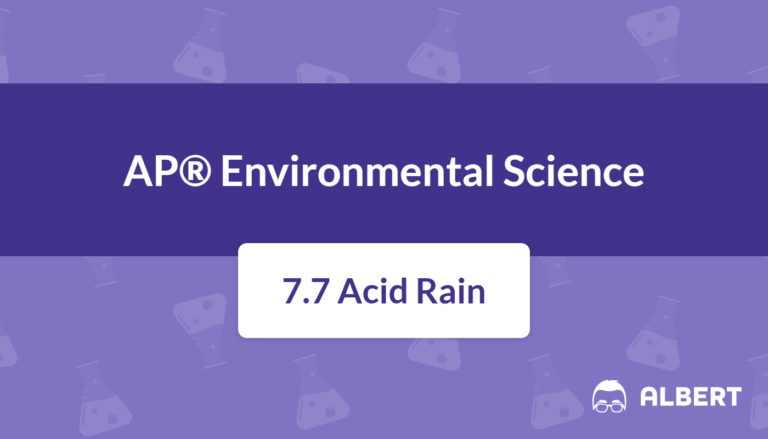
Acid Rain: AP® Environmental Science Review
Introduction Acid rain is a critical topic because it illustrates the interaction between atmospheric processes and ecosystems. Students often examine acid rain to understand how

Introduction Acid rain is a critical topic because it illustrates the interaction between atmospheric processes and ecosystems. Students often examine acid rain to understand how
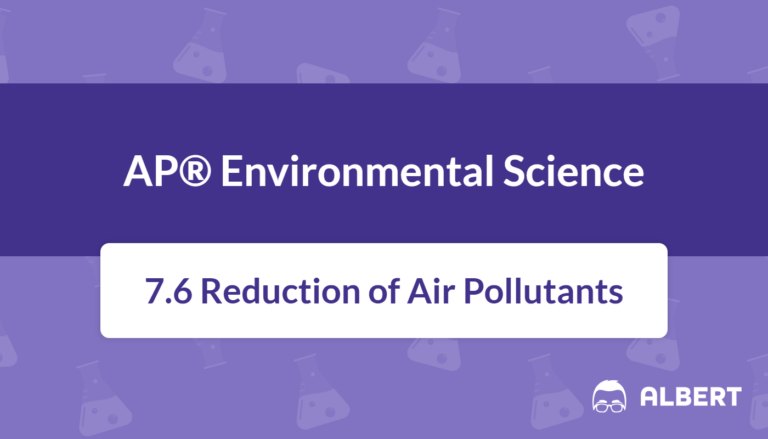
Introduction Air pollution remains a major concern for both the environment and human health. It occurs when harmful substances enter the atmosphere faster than natural
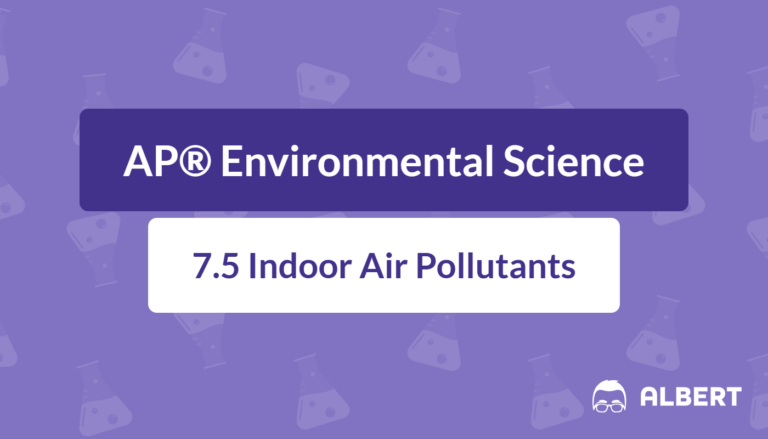
Introduction Indoor air quality has become a growing area of focus in environmental science, particularly in residential and commercial buildings. Maintaining healthy indoor air often
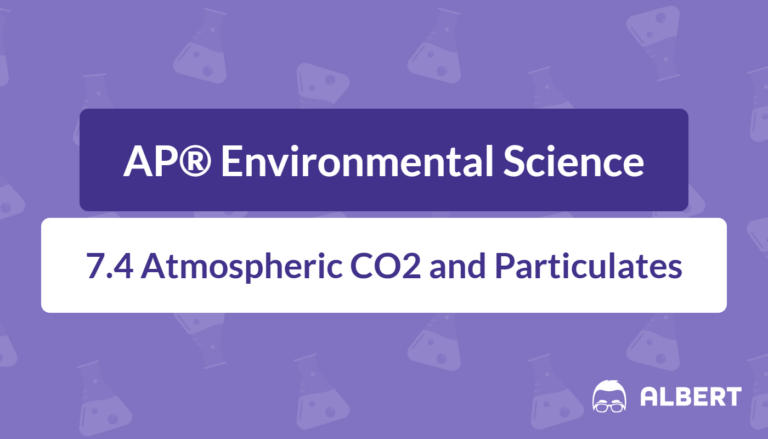
Introduction Atmospheric carbon dioxide (CO2) and particulate matter play significant roles in environmental systems and climate processes. These components shape life on Earth in various
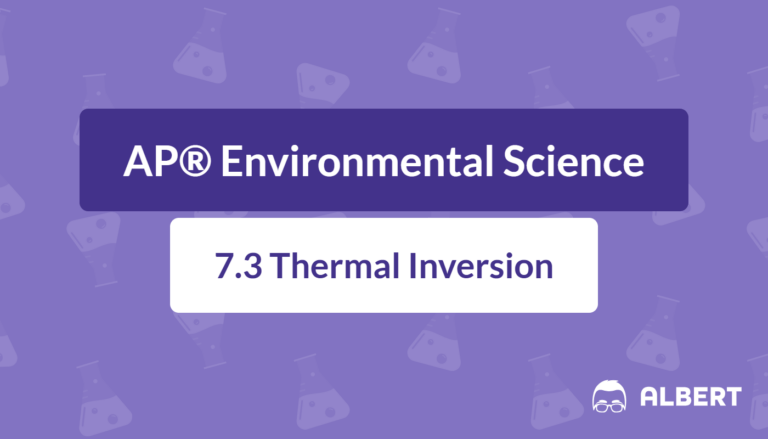
Introduction Thermal inversion plays a significant role in air pollution episodes. It affects how pollutants like smog and particulates are dispersed or trapped near the
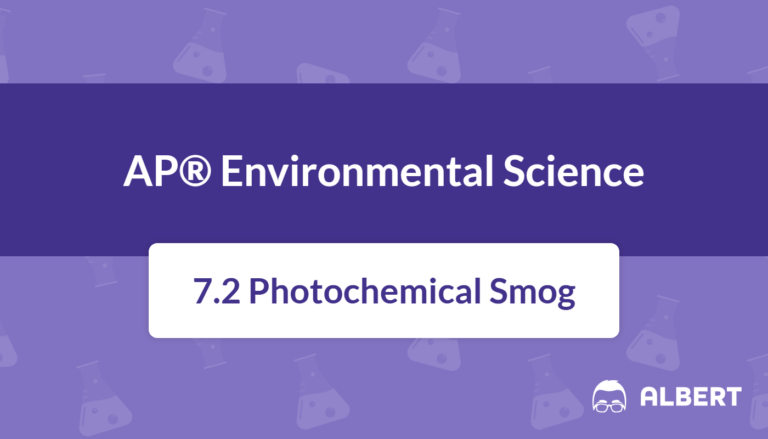
Introduction Photochemical smog, often visible as a brownish haze over major cities, is a result of specific reactions involving nitrogen oxides () and volatile organic

Introduction to Air Pollution Air pollution refers to the presence of harmful substances in Earth’s atmosphere that can endanger human health, damage the environment, and
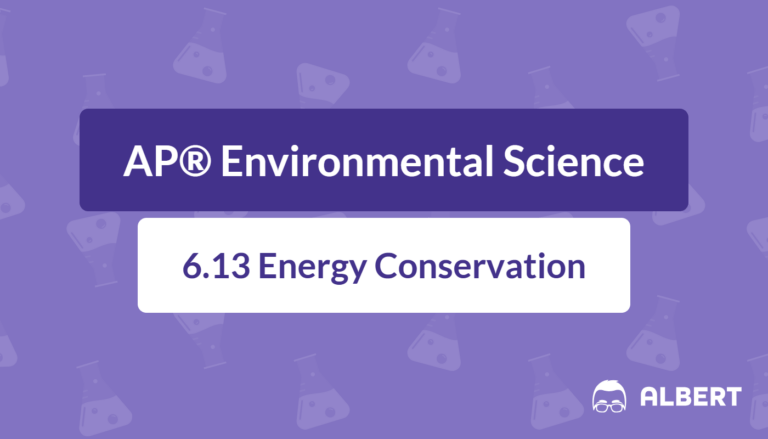
Introduction Energy conservation is the practice of reducing energy use through thoughtful choices and efficient technologies. In environmental science, it is vital for lowering greenhouse
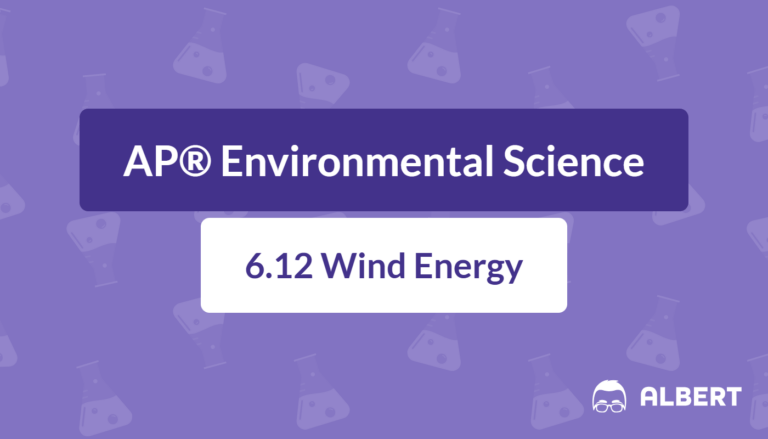
Introduction Wind energy plays a vital role in modern power generation, especially as societies seek clean, renewable energy sources. Wind power comes from the natural